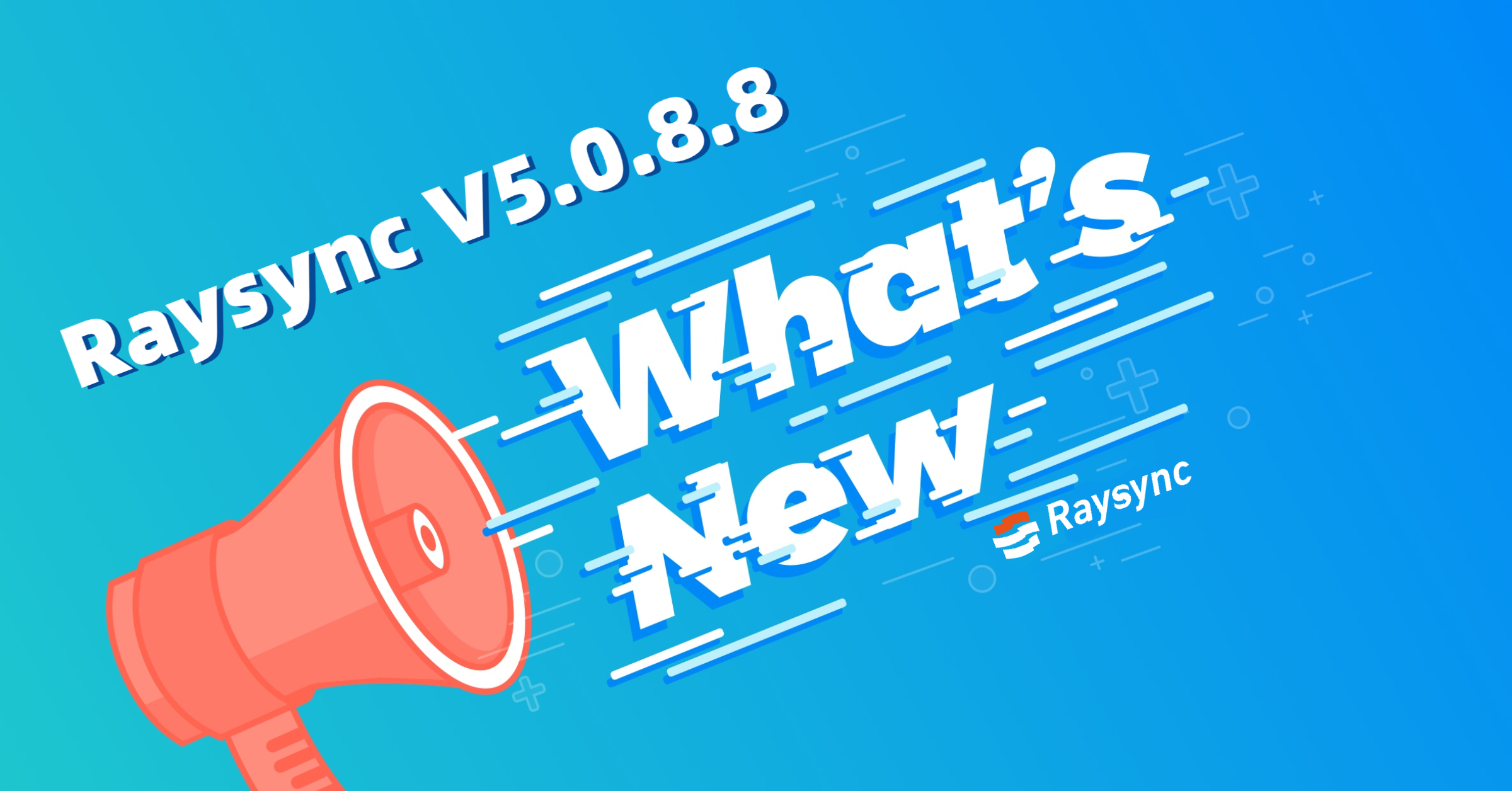Enterprise FTP Transmission Slow? The Latest FTP Acceleration and Alternative Solutions
February 12, 2024In today's era of information explosion, enterprises have unprecedented demand for the speed and efficiency of data transfer. File transfer, as an indispensable part of daily work, its efficiency directly affects the progress of the project and the competitiveness of enterprises.
However, when dealing with a large amount of data transfer, traditional FTP (File Transfer Protocol) often appears inadequate, and slow transmission speed has become a common problem. This not only affects the work efficiency of employees but may also cause customer dissatisfaction due to file transfer delay and even affect the reputation of the enterprise. This article will explore the reasons for the slow FTP transmission and introduce how to improve file transmission efficiency through FTP acceleration technology and alternative solutions.
The reasons for the slow FTP transfer
-
network congestion
-
insufficient server performance
-
file size and quantity
-
concurrent connection limits
To cope with these challenges, the industry has developed various FTP acceleration technologies, such as file compression, multi-thread transmission, and intelligent caching strategies. These technologies can effectively reduce data volume, increase transmission speed, and ensure that files can be seamlessly continued when the network is interrupted.
In addition to acceleration technology, enterprises can also consider using SFTP, WebDAV or cloud storage services as alternatives to FTP. These options not only provide higher security, but also support large file transmission and cross-platform access, making file sharing more convenient. However, if the enterprise has data volume up to TB or even PB, then it may consider testing the enterprise-level file transfer platform.
Raysync's FTP Acceleration Features
Raysync is an FTP acceleration software designed for enterprises. It demonstrates significant advantages in multiple aspects compared to the traditional FTP protocol. The following are some core advantages of Raysync in FTP acceleration:
Easy to use: The use of the Raysync FTP acceleration client is consistent with the regular FTP client, and users can easily switch operations without extra learning. The server side also does not require renovation and retains the current FTP user authorization, file permission control, AD domain, etc.
High-speed transfer: The Raysync FTP acceleration solution can significantly improve FTP transmission speed, with a speed increase of up to 10 to 100 times. This is thanks to the multi-thread transmission, intelligent compression, breakpoint resumption, and error retransmission technologies adopted by Raysync.
Security: Raysync transmission protocol is based on UDP, and users only need to open a UDP port for communication.
Intelligent compression: Raysync has built-in intelligent compression function.
Load balancing: The Raysync acceleration service can be used with common load balancers such as LVS, F5, etc.
Compatibility: Raysync seamlessly interfaces with the existing FTP server.
Performance: Raysync transmission protocol is based on event-driven/ asynchronous network processing model development.
Wide application scenarios: Raysync FTP acceleration products are suitable for a variety of application scenarios.
Final Word
When faced with the problem of slow FTP transfer, enterprises should not be confined to traditional solutions. Through the adoption of FTP acceleration technology and the exploration of alternative solutions, enterprises can significantly improve file transmission efficiency. Raysync, as a market leader, provides enterprises with a new choice for efficient, secure, and easy-to-use file transmission with its unique FTP acceleration feature and transmission advantage. With the continuous advancement of technology, we have reason to believe that Raysync will continue to lead the future of enterprise file transmission.
You might also like

Raysync News
March 25, 2024Different operating systems have different permission control mechanisms that correspond to different file permission attributes, such as the well-known UGO attribute in Linux. What are the advantages of ACL attributes over UGO attributes?

Raysync News
March 1, 2024This article explores key areas of the Secure File Transfer Protocol (SFTP). From understanding the nuances of SFTP to exploring advanced solutions such as Raysync for large file transfers.

Raysync News
December 29, 2022Raysync optimizes the file uploading function, and the new version supports selecting files and folders to upload at the same time, making it easier for users to operate and use.